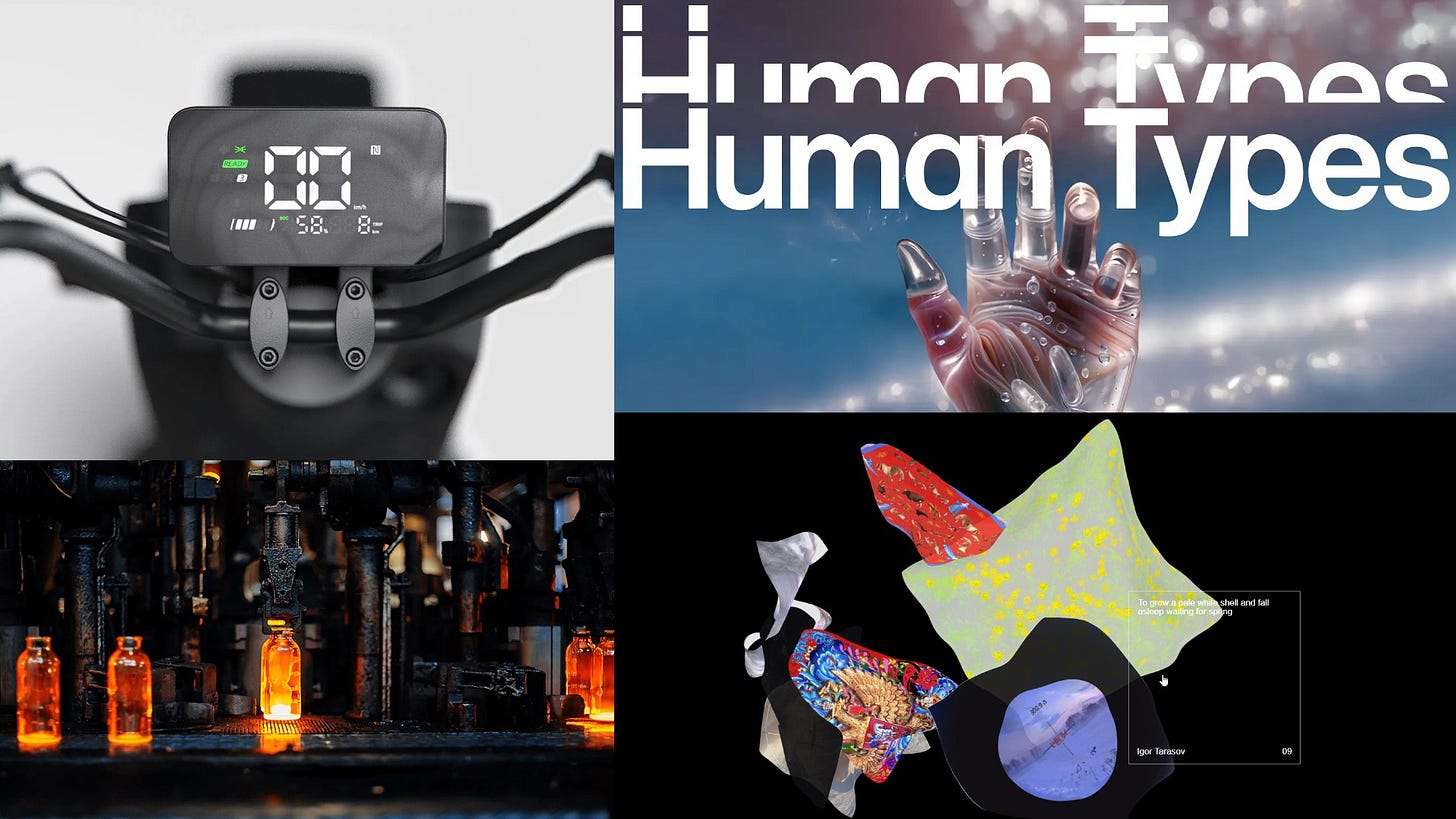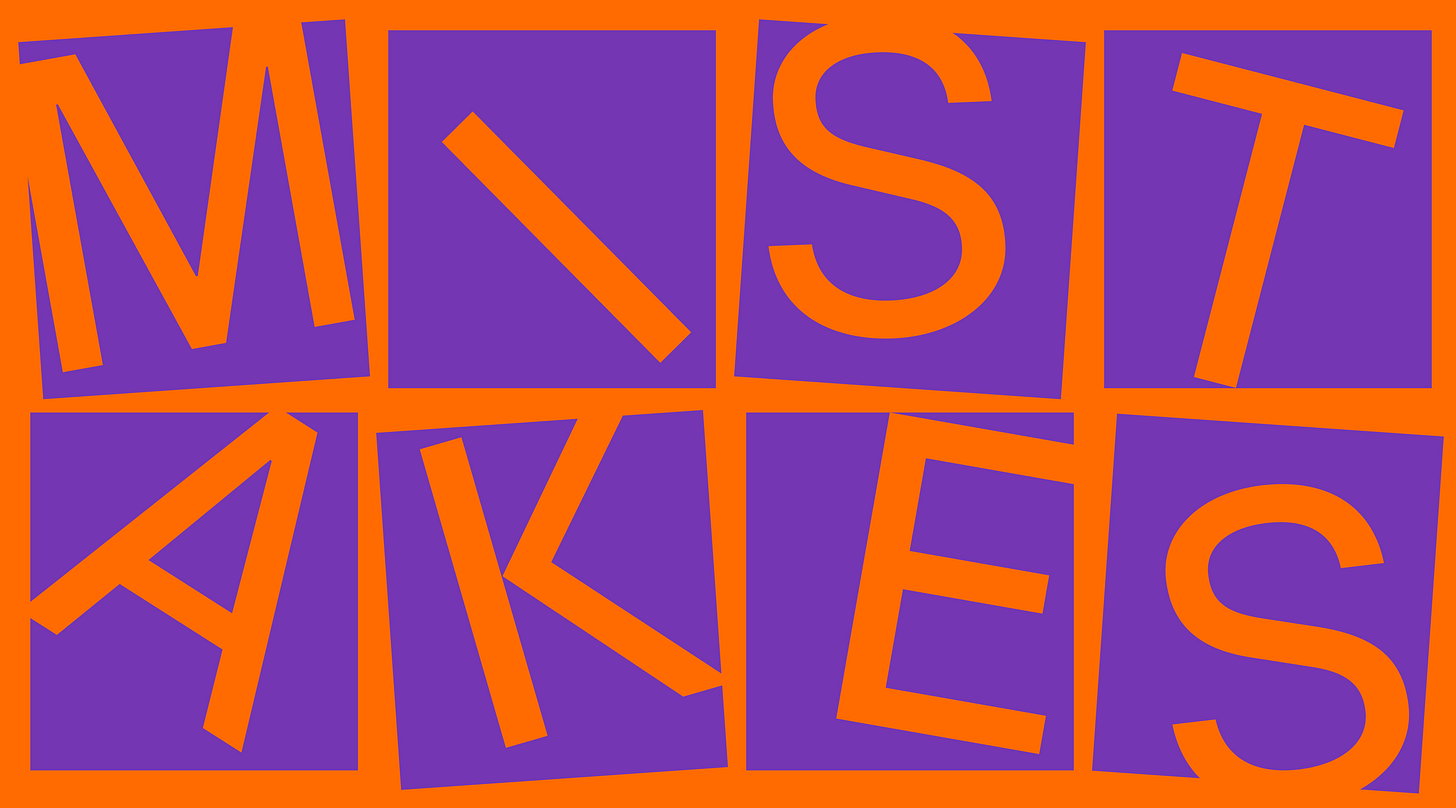Issue 156
Jesus prompting
Hello, dear readers! 👋
In this issue, among other things:
How does the development of AI affect font design
What is consistency in design and why is it important
Which skills will become more valuable with the development of AI
Overview of the new Grid mode in Figma
Stanford University Professor's lecture on how visual graphics help science
How AI affects the search for ideas
Google's open-source AI agent based on Gemini
Stunning illustrations by Antoine Maillard
…and much more!
Enjoy reading!
🗞 News and articles
Monotype has released a note on how the development of AI will affect font design and whether AI can replace humans in this field.
Main thoughts:
Real design is always human-oriented and depends on it. This means that AI is still a tool, not a competitor.
The AI revolution in font design has already happened, now we need to use its fruits for our own purposes.
There are more and more fonts coming out, and it's hard for a person to remember everything at once. AI can be useful in sorting and selecting suitable options.
AI does a better job not with whole fonts, but with creating individual labels and lettering. This type of typography will become more common in branding and packaging.
Previously, fonts were the same for everyone, but now AI allows you to personalize letter shapes, spacing, color, textures, and more.
Mistakes designers make when presenting their work, and how to avoid them
A useful Readymag article on how to present a design convincingly and why even the best designs can be misunderstood or ignored.
The authors analyzed common mistakes and explained what influences the perception of the project: from the structure of the presentation and accents, to the tone of the narrative and even the order of the elements. The tips will be useful both at live meetings and when designing a portfolio.
Main thoughts:
Your work doesn't speak for itself. A design should be accompanied by a compelling narrative, reasoning, and an explanation of why it was approached the way it was.
The story should begin not with the processes that you have gone through, but with why your design is important and useful.
Even a short five-word presentation should have a clear structure with a beginning, a main narrative, and a clearly formulated outcome.
If you are requesting feedback, it should be specific. For example, there's no point in asking, "Do you like it?"
Don't show any insecurity. It is important to have a clear opinion and be ready to defend it.
Immediately explain to the client what stage of work you are showing and why. Otherwise, the draft may be mistaken for the final version or vice versa.
Before the presentation, write down the script verbatim and rehearse it.
How not to lose your job to AI
Benjamin Todd wrote a great article about which skills will become more valuable with the development of AI and how the labor market as a whole will change in the near future. He suggests getting ahead of the automation wave and paying attention to those areas where the introduction of AI is impossible or will not happen soon.
Main thoughts:
The development of AI makes skills more valuable, which become a bottleneck in the automation process. For example, deploying, configuring, and training the AI itself.
AI is particularly weak in tasks where it does not or cannot have training data. For example, interacting with the real world or such complex and long-term tasks as starting a business.
Even if AI can perform most tasks, the demand for humans will remain due to legal liability, trade unions, and consumer preferences.
Leadership skills will be especially important, because to launch an AI, it is important to correctly determine the direction of its work.
The fastest way for AI to master white-collar skills is writing, programming, data analysis, administration, visual graphics, and simple, predictable physical labor.
The skills that are difficult to master are relatively safe: communication with people, personal taste, complex physical and craft skills, leadership and government management
AI accelerates the professional growth of people themselves
Employee teams will become more "top-level". They will consist of a small number of people who set the vector and manage the AI processes.
Long-term educational plans may turn out to be unprofitable. For example, medical training lasts for many years, but during this time, automation can make a huge leap.
In order not to lose your job, you need to rely not on a stable profession, but on the ability to retrain and stay one or two steps ahead of automation.
I also recommend the NNGroup article on which skills UX designers should focus on today.
The DOC edition has released a good article about consistency in design and its benefits for businesses, users, and designers themselves.
Main thoughts:
Consistency is a multifaceted concept that means different things depending on the context.
Consistency = recognizability + predictability. Using familiar UX patterns accelerates the user's understanding of the interface, reduces his cognitive load and saves him time.
Consistency is good for business. Design by design system works like a pipeline and allows you to quickly scale a product.
Only good decisions need to be repeated. It's better to be inconsistent than monotonously scale errors.
The real strength of consistency lies not in uniformity, but in predictability.
Consistency in brand values is more important than consistency in the interface. For example, the interface of Apple products may look inconsistent in small things, but it always feels like a single idea.
Consistency is not just about repeating the same thing, but about building a disciplined structure and making gradual progress.
The most important thing for a product is to be consistent in that it always brings real benefits.
Consistency (consistency) in work increases professionalism and endurance
Consistency shapes habits, and then identity. This allows you to move on to more complex questions and problems.
⚡️ Briefly
A detailed overview of the Grid in Figma, the new Auto Layout mode, which is a direct analogue of the CSS Grid in layout and allows you to more accurately control the layout of elements in the interface.









